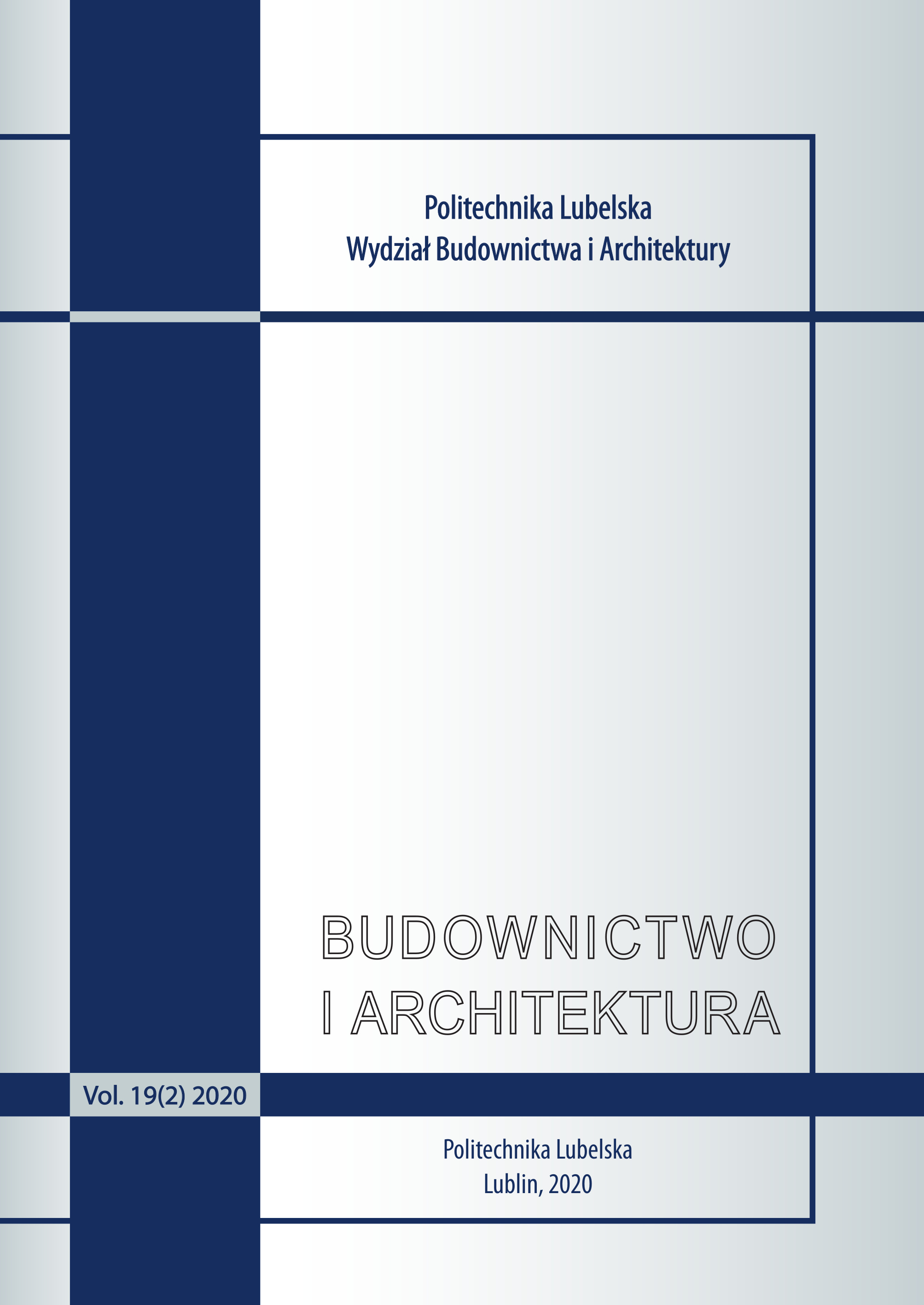Smart city idea and alleviation of the cities’ degradation
Natalia Gorgol
n.gorgol@gmail.comPhD Candidate, A-33 – Department of Urban Spaces; Faculty of Architecture; Cracow University of Technology; (Poland)
Abstract
Every single generation tends to live in more and more hectic pace. This is why cities are also going through transformation processes more rapidly. There are many challenges ahead of the cities, not only due to the number, but also because of the pace of transformation processes, such as: high rate of emigration, loss of the competitiveness of cities, degradation of urban space and environment. Undoubtedly, without any integrated programs undertaken to alleviate symptoms of the degradation of cities, neither the improvement of inhabitants’ life quality nor the valuable urban space quality may be provided. There are numerous attempts to find the ‚remedy’ for contemporary cities. While being applied in a significant number of cities in Europe, the idea of smart city seems to be in the spotlight nowadays. This tendency brings up the question of what the term ‚smart city’ stands for. A ‚smart city’ would be compared to an intelligent city -the city which uses technological progress to serve its inhabitants. The most vital aspect of smart city is synergy of six basic factors adding up to the global image of a city: social, administrative and cultural conditioning; economy, living conditions, intelligent technologies and intelligent mobility. The combination of all mentioned above elements enables effective and continued growth of a particular city. Thanks to both intelligent governance of public space, infrastructure and transportation; and high awareness of the society the smart city idea ensures not only competitive but also sustainable growth of a city. The article poses a question of what means should be utilized to implement changes to effectively make a city smart. The article presents the analysis of three cities: Vienna, Zurich and Cracow.
Keywords:
smart city, smart city dimensions, city, urban form, sustainable growth, Zurich 2035 strategy, intelligent governance of urban space, EU smart cities, Aspern Urban InnovationReferences
[2] World Migration Report 2015. [w:] International Organization for Migration [dostęp:10.01.2016] https://www.iom.int/world-migration-report-2015.
[3] Wallis A. Miasto i przestrzeń. PWN, Warszawa 1977.
[4] Kostof S. The city assembled, the elements of urban form through history. Thames &Hudson, London 1992.
[5] Kantarek A. O orientacji w przestrzeni miasta. Wyd. Politechniki Krakowskiej, Seria architektura, Monografia 424, Kraków 2013.
[6] EU smart cities. [w:] Rand Corporation [dostęp:20.02.2016] http://www.rand.org/randeurope/research/projects/eu-smart-cities.html.
[7] Manville C., et al. Mapping smart cities in the EU. Brussels: European Parliament, Directorate-General for Internal Policies, Policy Department A: Economic and Scientific Policy, Jan. 2014 [dostęp:21.02.2016] http://www.europarl.europa.eu/RegData/etudes/etudes/join/2014/507480/IPOL-ITRE_ET%282014%29507480_EN.pdf.
[8] Van Beurden H. Dynamics of smart cities: inspiring views from experts across Europe, Amsterdam 2011.
[9] Caragliu A., Del Bo C., Nijkamp P. Smart cities in Europe. 3rd Central European Conference in Regional Science – CERS, 2009.
[10] Smart cities – Ranking of European medium-sized cities. Wiedeń: Centre of Regional Science, 2007 [dostęp:15.02.2016]
http://www.smart-cities.eu/download/smart_cities_final_report.pdf.
[11] Global Liveability Ranking 2015 [w:] Economist Intelligence Unit [dostęp: 10.01.2016] http://www.eiu.com/public/topical_report.aspx?campaignid=Liveability2015.
[12] Rahmenstrategie [w:] Smart city Wien, [dostęp:1.03.2016], https://smartcity.wien.gv.at/site/en/initiative/rahmenstrategie/.
[13] Aspern Seestadt [w:] Smart city Wien, [dostęp:1.03.2016], https://smartcity.wien.gv.at/site/en/projekte/bauen-wohnen/aspern-seestadt/.
[14] Strategien Zurich 2035 roz. Wachstum [w:] Stadt Zuerich, [dostęp:6.01.2016] https://www.stadt-zuerich.ch/epaper/portal/strategie_2035_output/web/flipviewerxpress.html.
[15] Raeumliche Entwiklungsstrategie [w:] Stadt Zuerich, [dostęp:6.01.2016] https://www.stadt-zuerich.ch/hbd/de/index/staedtebau_u_planung/planung/ raeumliche_entwicklungsstrategie.html.
[16] Flattblatt planungs instrumente [w:] tadt Zuerich, [dostęp:6.01.2016] https://www.stadt-zuerich.ch/hbd/de/index/bewilligungen_und_beratung/beratung/planung/ best_practice_planungsinstrumente.html.
[17] Europaallee [w:] Stadt Zuerich, [dostęp:8.01.2016] https://www.stadt-zuerich.ch/hbd/de/index/entwicklungsgebiete/europaallee/kennzahlen.html.
[18] Green City. [dostęp:17.01.2016] http://www.greencity.ch/de/areal/.
[19] Miejski program rewitalizacji [dostęp:28.02.2016] http://rewitalizacja.krakow.pl/rewitalizacja/7346,artykul,miejski_program_rewitalizacji_krakowa.html.
[20] Krakowski Park Technologiczny Sp. z o.o., SMART_KOM Kraków w sieci inteligentnych miast, Krakow 2014.
[21] Krakowski Park Technologiczny Sp. z o.o., SMART_KOM czyli mapa drogowa dla inteligentnych rozwiązań w Krakowskim Obszarze Metropolitalnym Krakow 2015.
[22] InfoParking 2.0. [w:] Miejska Infrastruktura, [dostęp:29.02.2016] http://mi.krakow.pl/.
Authors
Natalia Gorgoln.gorgol@gmail.com
PhD Candidate, A-33 – Department of Urban Spaces; Faculty of Architecture; Cracow University of Technology; Poland
Statistics
Abstract views: 243PDF downloads: 182
License

This work is licensed under a Creative Commons Attribution-NonCommercial-NoDerivatives 4.0 International License.
Budownictwo i Architektura supports the open science program. The journal enables Open Access to their publications. Everyone can view, download and forward articles, provided that the terms of the license are respected.
Publishing of articles is possible after submitting a signed statement on the transfer of a license to the Journal.








